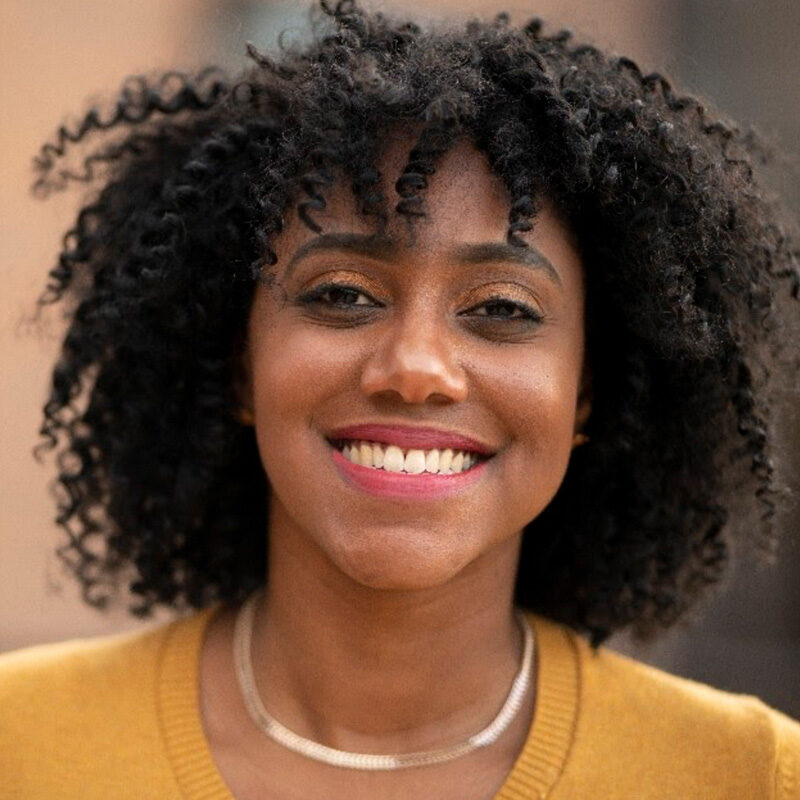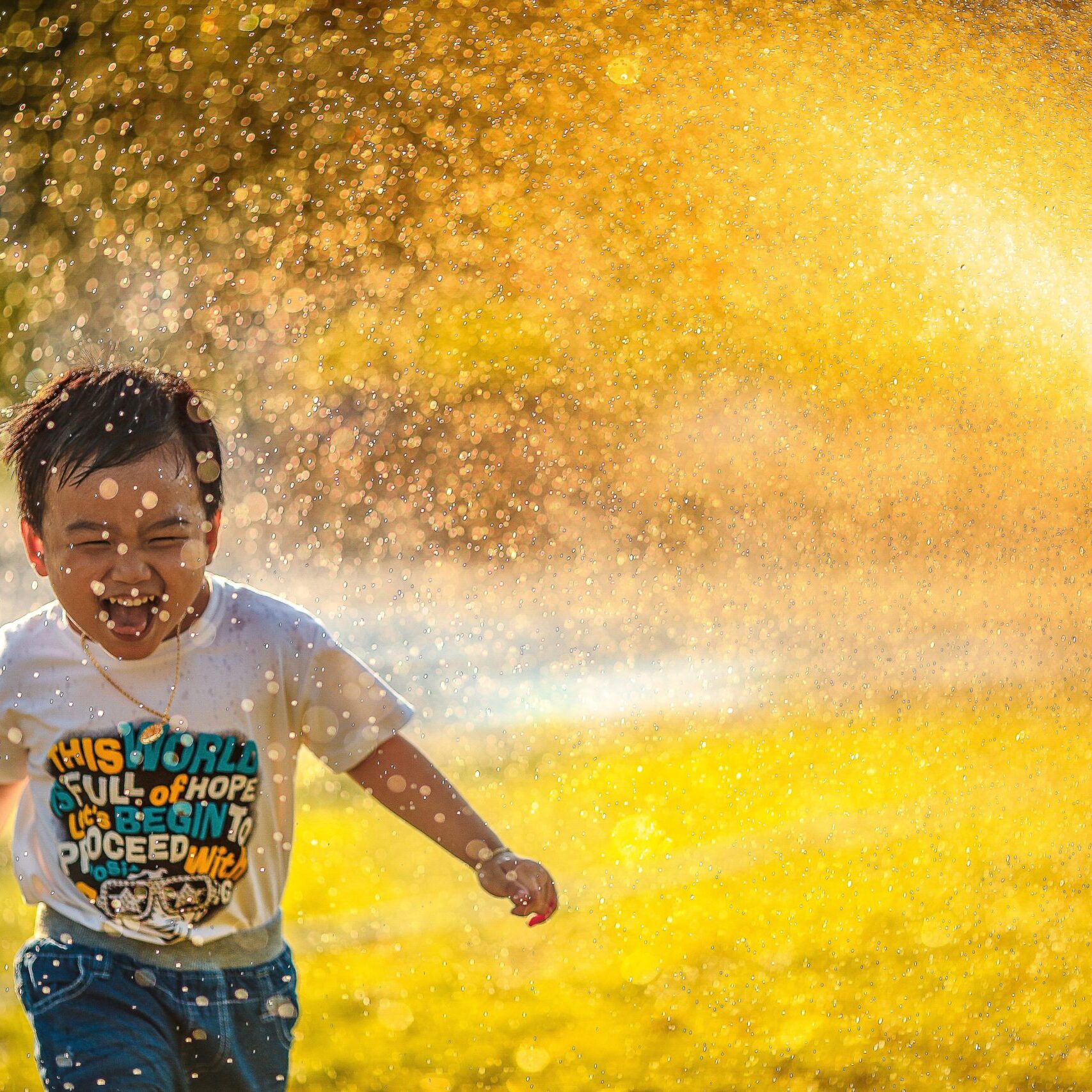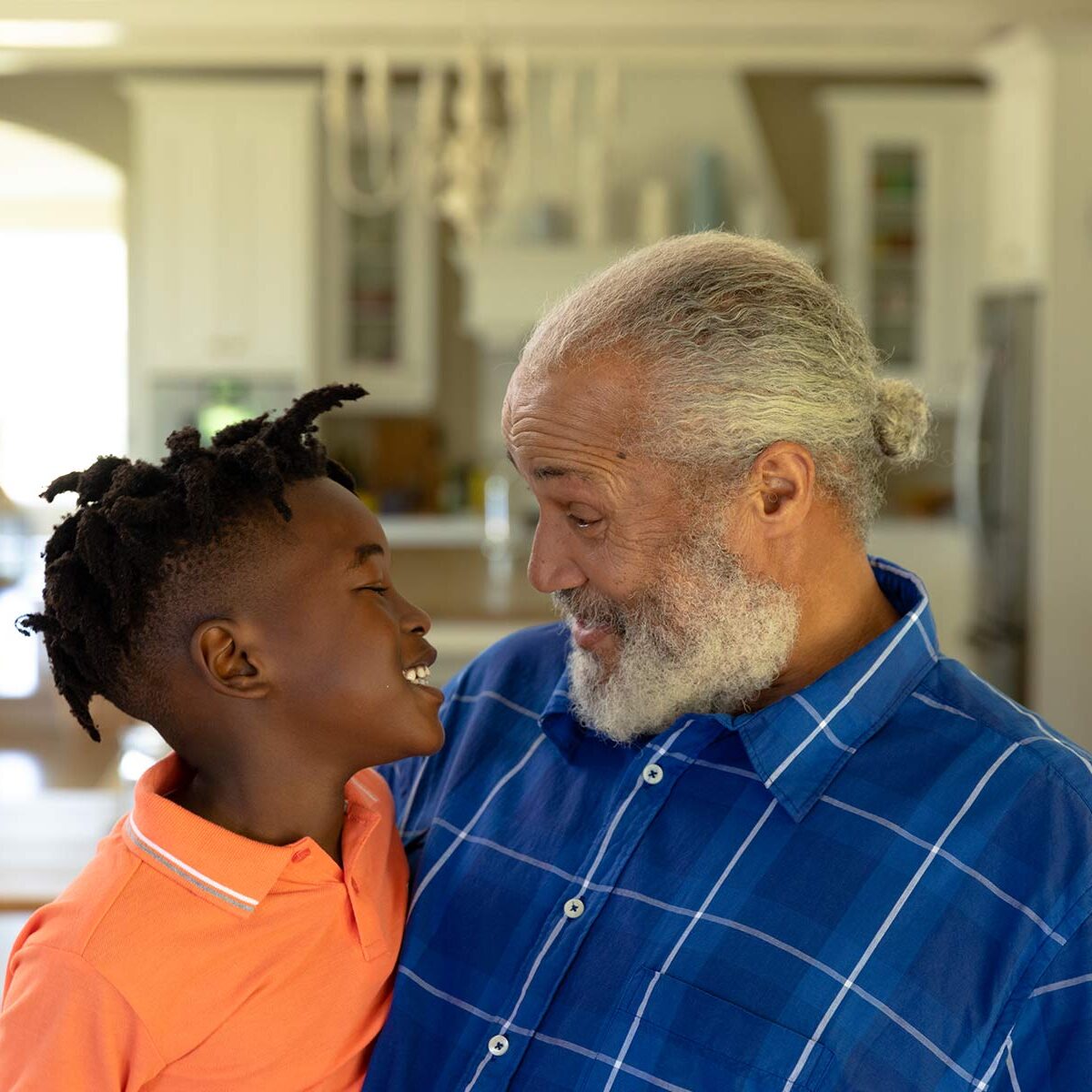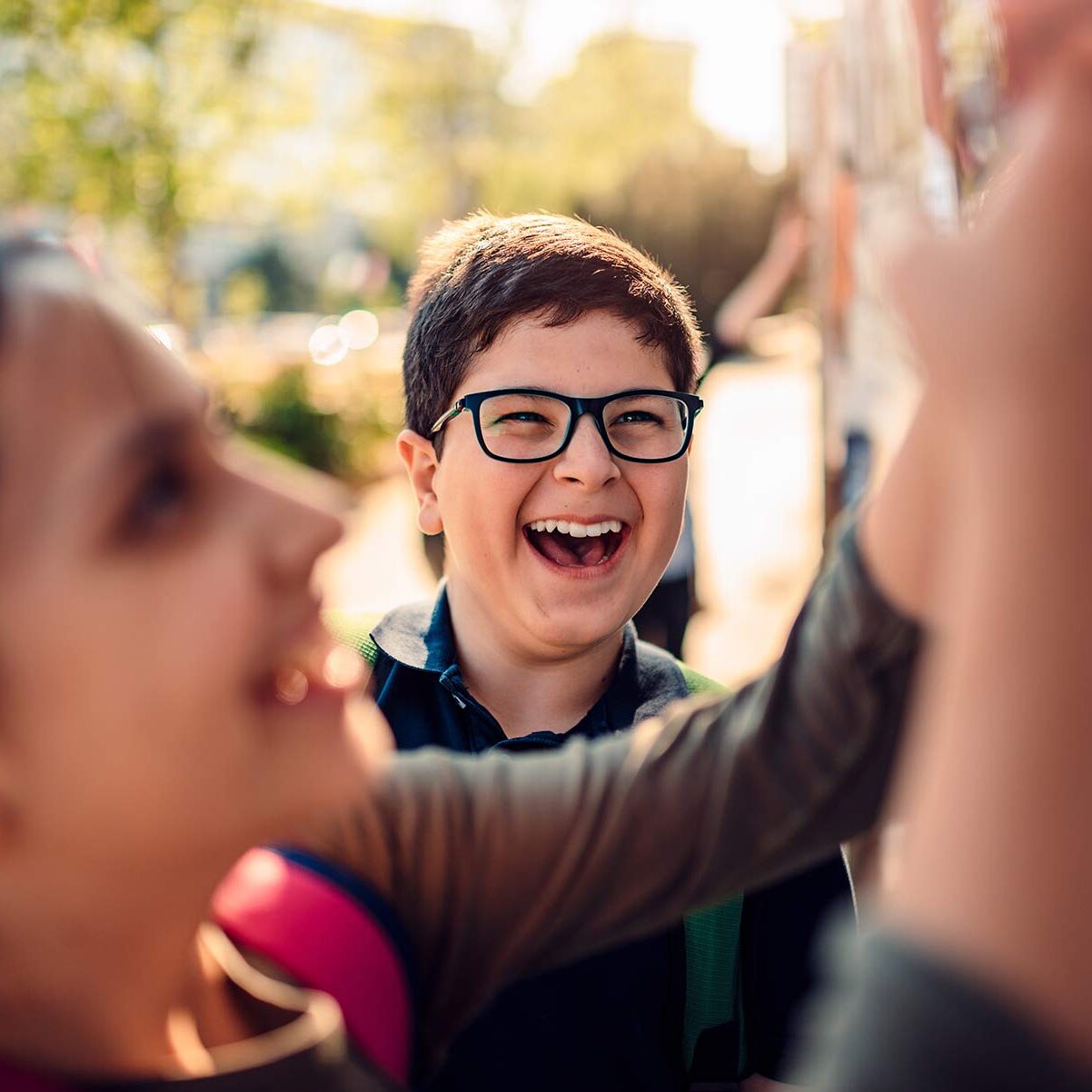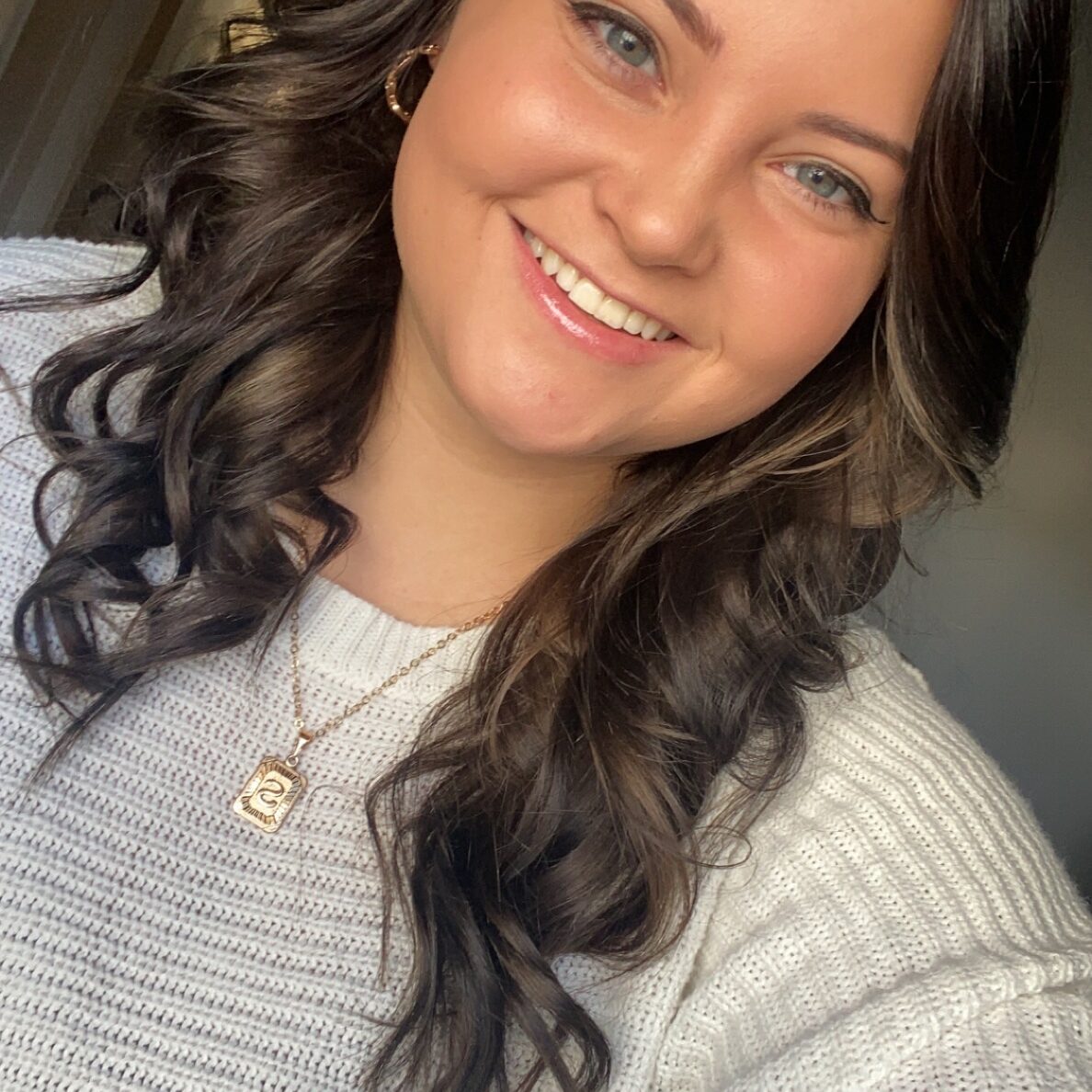
ABOUT THE AUTHOR
Shawna Smith
OhioKAN Coordinator, Region 1
Shawna joins OhioKAN after working in case management and health administration. Previously, she was an Assistant Case Manager at Manring & Farrell, Attorneys at Law. There, she requested and submitted medical records, filed appeals to the social security administration, and handled all client correspondence. As a Coding Specialist at Lima Memorial Health System, she assisted the billing and denial teams with coding questions. She has also volunteered at the Orthopedic Institute of Ohio. Shawna has a Bachelor's in Healthcare Administration and an Associate’s in Health Information Technology from the University of Northwestern Ohio, plus an Associate’s in Office Administration from Commonwealth Bible College. She looks forward to learning all she can in this position and doing all she can to assist in helping families and children!
My mother was 39 and my father was 37 when I was born. There were times when this age difference was challenging for me as a child. The almost 40-year age gap between myself and my parents could sometimes cause division simply because of the generational gap and how things were when they were young, verses how the world was when I was young. My parents also had some physical limitations: my dad had to have a double knee replacement in his 40s, and my mom had arthritis in her hips. Because of that, they were not able to be as active with me as they may have wanted to be. Things that kids love to do, like riding bikes, were not possible for them.
The most common kinship caregiver served by OhioKAN are grandparents, with most of the caregivers between age 41 – 60. In my case growing up, my parents were in this age group. Because of that, I would like to shed some insight from the “child’s” perspective into how you can help bridge the gap and make sure that the child(ren) you are caring for can still have an active and fun childhood even if you cannot be physically active or have different ideals.
Some ideas to consider:
- Let the child(ren) spend time with other children their age for a social outlet; Get the child(ren) involved in groups or programs that encourage physical activity. Examples include 4H, Girl/Boy Scouts, YMCA programs, and sports.
- Create a safe environment that allows the child(ren) to express their thoughts and ideas in a healthy way, even if they differ from your own;
- Take time to listen when the child(ren) talk about things they participate in and are learning about, even if it’s something you aren’t familiar with (like new technology).
- Take time for self-care and remember to laugh!
It can be hard for both the child and the kinship caregiver when there is a large age gap between them. Ultimately, the most important aspects to consider are making sure the child(ren) you are caring for feels loved and safe, but there is much more to being a kid than that. We also need to make sure that we are being attentive to the emotional and physical needs of the children we are caring for.



